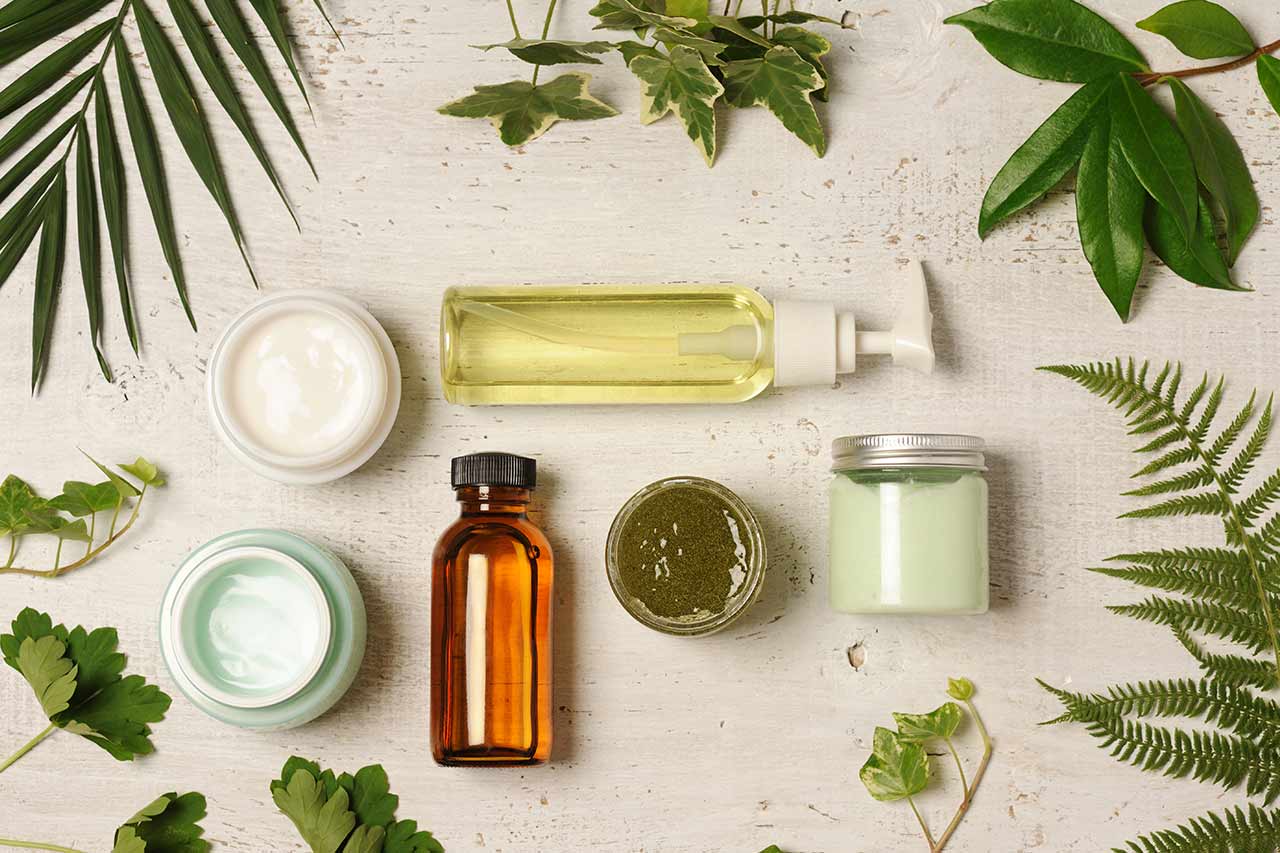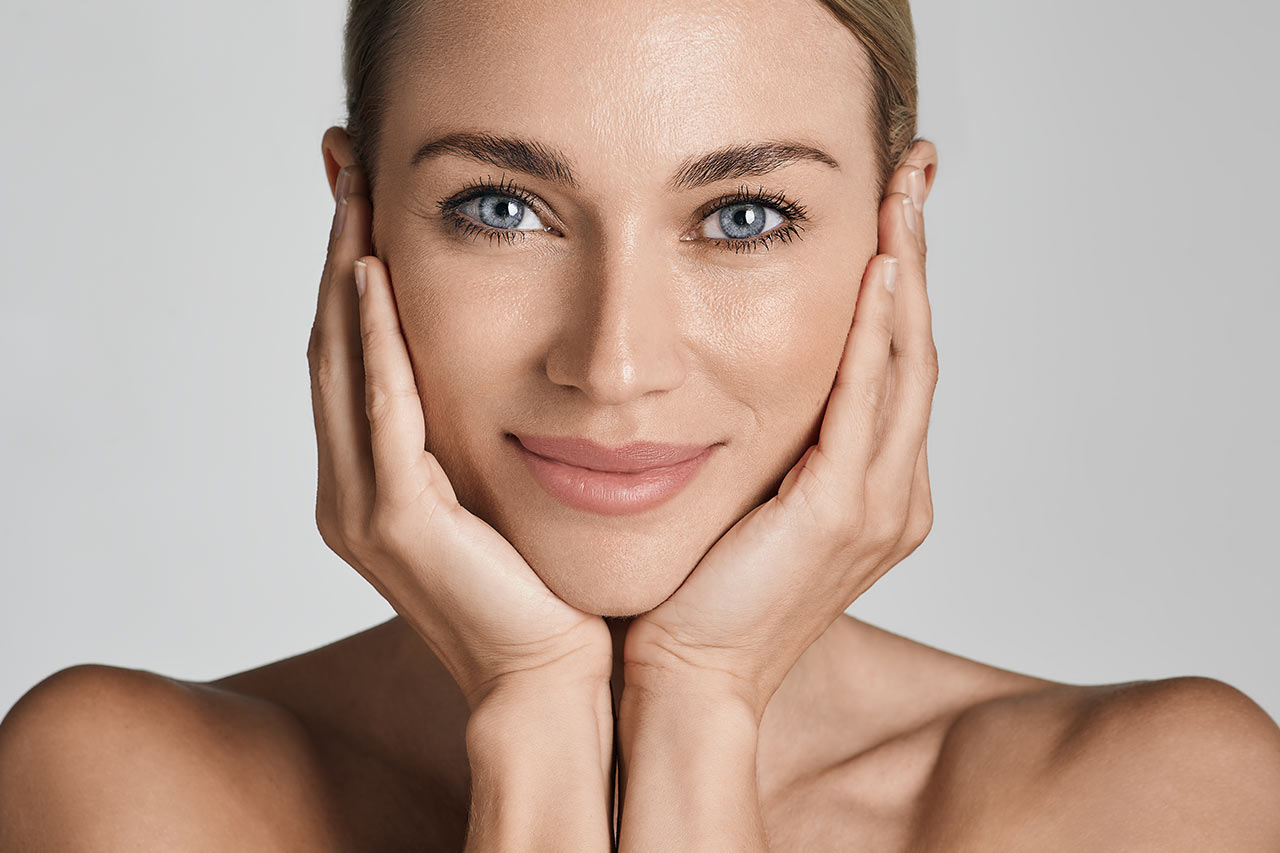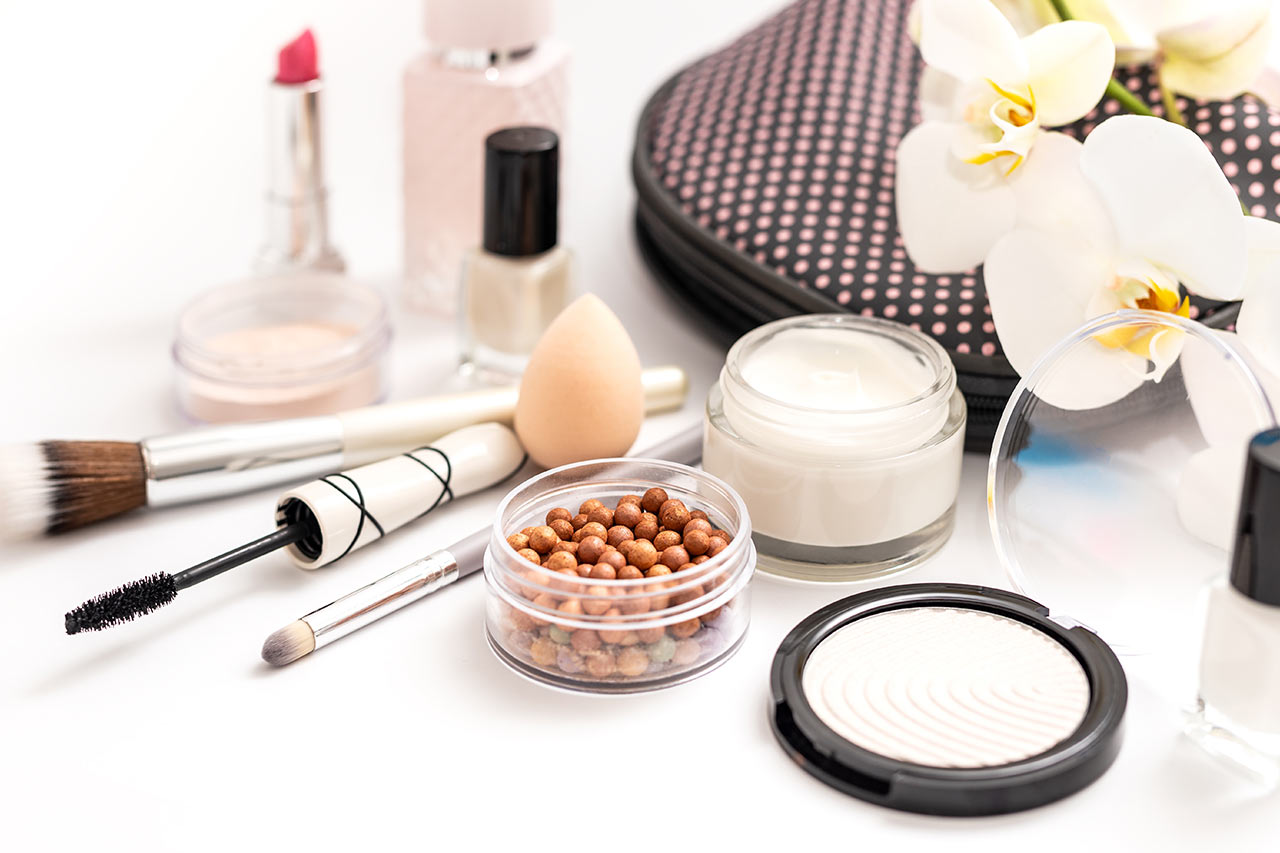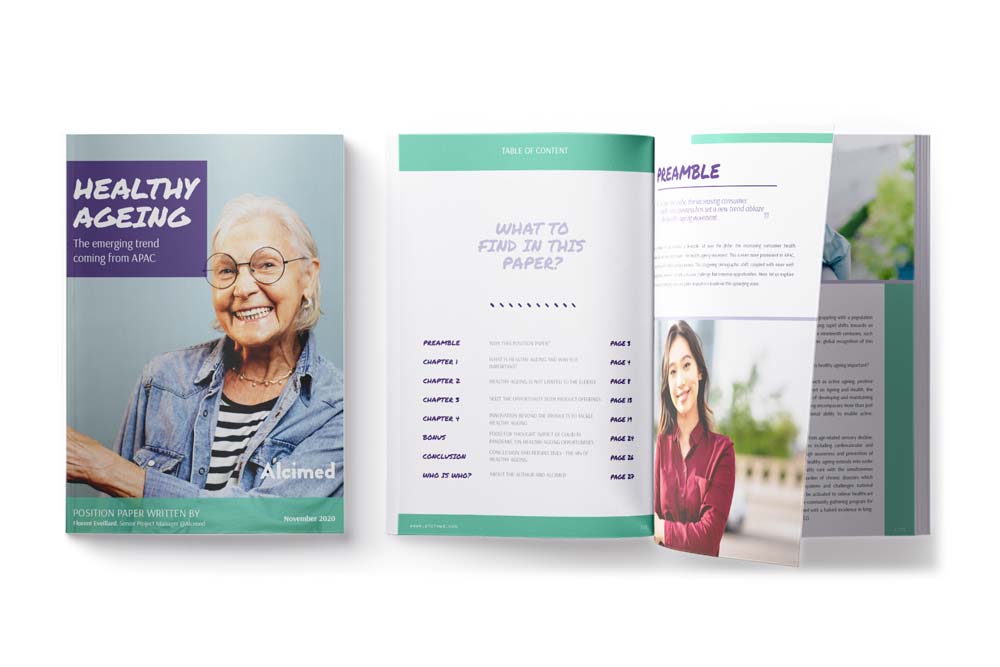The enthusiasm aroused by halal cosmetics is confirmed. From an initial niche market, the demand has been increasing for several years with projections of about $50 billion by 2025 according to a recent report by Grand View Research. The market is currently driven by the boom in Asia (CAGR for the Asia-Pacific region estimated at 12.6% over the period 2014-2025 according to the same report), particularly in Indonesia and Malaysia and is now gaining in the Indian subcontinent, Africa, and the Middle East. Halal cosmetics are raising new technical, technological, market and marketing challenges, in particular in terms of market access.
Halal cosmetics: technical and technological challenges
A halal cosmetic does not contain any alcohol or any ingredients from animals that are forbidden for Muslims (for example derived from pig, carrion, blood, human body parts, predatory animals, reptiles, and insects among others) or that are not slaughtered according to Islamic law. Although some ingredients may pose problems such as coloring agents derived from insects, animal derived collagen, elastin or hyaluronic acid, there are several alternatives to these ingredients such as those used in vegan cosmetics. An alcohol-free formulation is proving to be more delicate for the manufacture of certain products such as perfumes or more recently hydroalcoholic gels, used during the pandemic has sparked off lively discussion debate in countries such as Malaysia. Beyond a simple list of prohibited ingredients, the definition of a halal cosmetic is broader and also includes all the products developed to meet the specific needs of Muslim women.
Thus, innovative products that meet the specific needs of Muslim women have emerged on the market, such as permeable nail polishes which enable Muslim women not to remove their varnish during ablution (Inglot’s O2M varnish, the H varnish from BCI, …), shampoo specifically formulated for permanently covered hair and therefore potentially damaged by friction and a lack of ventilation (Sunsilk Hijab from Unilever or Shayla from Safi) or even moisturizers absorbed quickly by the skin for Muslim women wearing the hijab (Pureline Hijab Fresh from Unilever).
Beyond the formulation, the entire value chain must meet the halal prerequisites, from raw materials to the production line, including R&D, packaging, storage, transport, distribution, etc. Thus, halal certification requires a strict and clean manufacturing process. For example, there are specific cleaning procedures for halal production lines and the use of replacement lines is prohibited. Moreover, traceability and safety are of the utmost importance and cosmetics must not be tested on animals to be considered halal.
Halal cosmetics: market and marketing challenge
The halal cosmetics segment is mainly operated by local 100% halal niche brands such as Khadija Cosmetics and Hasna Cosmetics in France, or Wardah in Indonesia, selling their products mostly online. However, multinationals are starting to position themselves in this segment and now offer halal certified cosmetic ingredients or products like BASF, L’Oréal, Croda and Unilever.
In some countries, the marketing of these types of products can come up against social and political brakes by raising questions related to secularism or communitarianism. New legal issues are emerging. For example in Indonesia, all international cosmetic products that have not been certified in Indonesia or by an accredited agency will be considered non-halal. Producers of cosmetic products have until 2026 to comply with the Indonesian government’s 2014 halal law, enforced in 2019.
From a market access perspective, a good working knowledge of the target market for halal cosmetics is essential because there are notable differences between countries, especially regarding certification procedures. In fact, with around sixty certification bodies worldwide, it is difficult to obtain a certificate recognized in several countries with a proven lack of recognition between the different bodies. Some countries like Turkey and Iran have also set up state certification systems. Other “country” specificities must be taken into account, regarding the definition of a halal cosmetic. For example, the threshold for accepting alcohol in cosmetics varies by country. While alcohol is strictly prohibited in Saudi Arabia or Iran, a residue of 0.5% is acceptable in Malaysia and 1% in Indonesia and Dubai.
As halal cosmetics continue to grow, customers of the Muslim faith have now access to a more inclusive offer. While the acceleration of modern consumer trends such as safety, transparency or clean beauty could indirectly encourage the growth of this segment, market access is key to position and develop a company halal cosmetics offer in it. You have a project, and this subject is of interest to you? Our team can support you in the diversification of your offer and your market access strategy.
About the author
Aliénor, Senior Consultant in Alcimed’s Cosmetics & Luxury team in France



